The Bawdsey Radar Museum is a small museum set up in the former transmission bunker on the 168-acre Bawdsey Manor estate, which became the home of British radar development in the 1930s, and later became RAF Bawdsey, a radar training school and Cold War missile base.
The extravagantly exotic manor building with its melange of architectural styles, sitting on the Suffolk coast at the mouth of the Deben river, is these days a privately-owned PGL holiday park for children’s adventure and activity holidays.
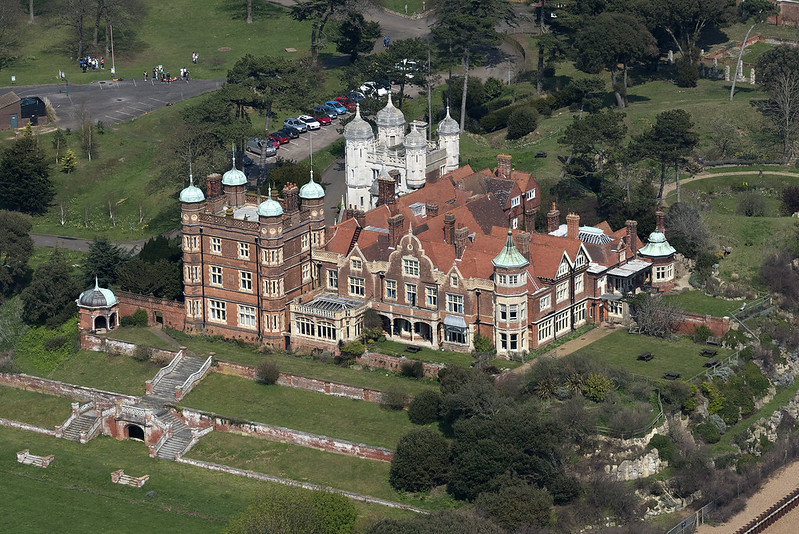
The museum and various concrete ruins outside the park are all that is left of the top secret site where Britain’s wartime radar defences were pioneered.
It all started with a death ray
In 1935 the Air Ministry asked physicist Robert Watson-Watt to look into the possibilities of using radio waves to kill. They’d heard rumours that the Germans were interested in the idea. Could he produce a weapon that could kill a sheep at 100 yards? (There was a £1,000 prize for anyone who could!)
Watson-Watt, a descendent of the steam engine inventor, James Watt, had begun his career in the Met Office looking for ways to track thunderstorms by following the radio waves given off by lightning. This led him to the early development of high-frequency direction finding (HFDF), a method of locating a transmitter – very useful for navigation if the transmitter is fixed in a known location. (Known as “huff-duff”, the system later became a game-changer in the Atlantic war, tracking U-boat radio signals). By 1935 Watson-Watt was the superintendent of the government’s Radio Research Station at Ditton Park outside Slough, so an obvious expert to ask about a radio death ray.
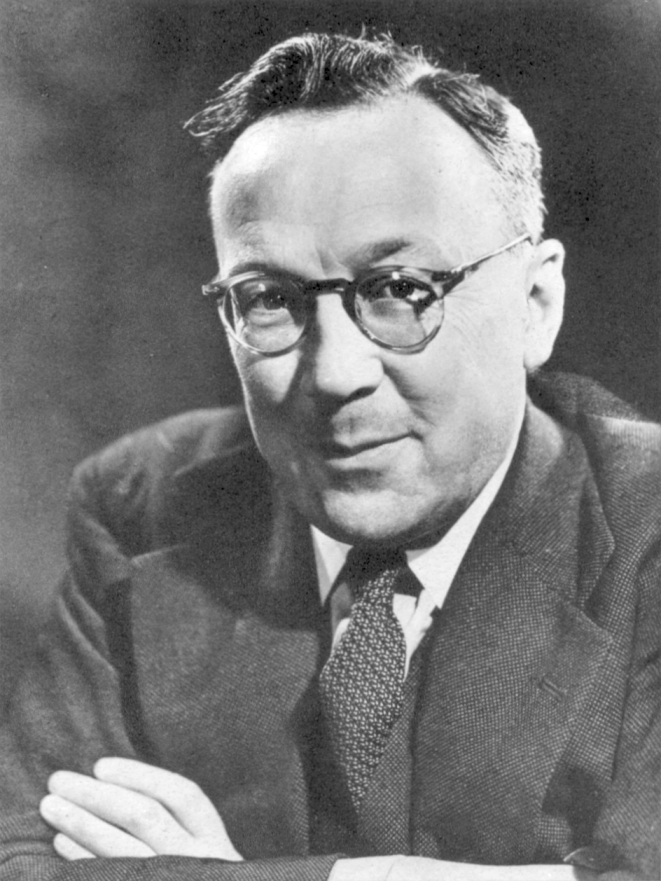
He and his assistant, Arnold Wilkins, quickly determined the idea was a non-starter. Apart from anything else the power needed would challenge Britain’s electricity network! But, as they worked on the idea, Wilkins remembered he had been told by engineers at the Post Office that their short wave radio communications were sometimes disrupted by passing aircraft. This set the pair off in an exciting new direction. Could this phenomenon be reproduced and the results calibrated? They set up what is now known as ‘the Daventry experiment’. They erected an aerial array in a field near Daventry and arranged for a Handley Page Heyford bomber to fly past as, using an oscilloscope, they monitored the effect it had on a BBC short-wave transmission. It worked. They were able to track the bomber at a range of eight miles.
Since the end of World War I, the Air Ministry had been concerned about Britain’s defences against an aerial bombing campaign. The only means of tracking inbound aircraft was by the Royal Observer Corps spotting them, or hearing them using parabolic ‘sound mirrors’ to amplify the noise and give a rough direction. So, when alerted to the potential of this new system, Air Vice Marshal Hugh Dowding funded a special secret research programme to develop it. With an enormous £12,300 kitty, Watson-Watt and Wilkins set up their research base at Orfordness, the narrow peninsula in Suffolk separated from the coast by the river Alde.
Within a few months the team were able to track aircraft 40 miles (64kms) out to sea and a rough idea of their height up to 7,000ft (2,100m).
However, it quickly became clear that the facilities at Orfordness weren’t going to be big enough for their purposes. In September 1935 Wilkins, Watson-Watt and a colleague piled into Watson-Watt’s car, a 15hp Daimler, and drove up to Aldeburgh at the top end of the peninsula to look at the Martello Tower there. That was quickly rejected (it is a bit small!), but Wilkins suggested driving down to Bawdsey Manor which he had seen on a recent outing. It was perfect, but occupied. Undaunted, Watson-Watt asked the Air Ministry to find out if the owner, Sir Cuthbert Quilter, would be willing to sell it and move out. He was, as it happened, quite happy to move into a smaller more practical residence on the estate, and the ministry bought the whole estate for £24,000.
As soon as the team moved in, they started building the first of their 250ft receiving masts, in order to improve the signal. In March 1936 they were able to track a Hawker Hart biplane flying at 15,000ft (4,500m) over a distance of 81 miles (130kms).
The masts were given the codename ‘Chain Home’, and in order to muddle the purpose of the masts, Watson-Watt called their system RDF – Radio Direction Finding. After all, given his earlier work on Huff Duff, that was what he was known for. The more accurate term ‘RADAR’ (RAdio Detecting And Ranging) was created by the United States Signal Corps in 1939, and was only used in Britain from 1943. Whatever acronym they used to describe it, Bawdsey had become the first operational radar station in Britain.

In 1936 the decision was made to build another four Chain Home RDF sites around the Thames estuary at Great Bromley in Essex; Canewdon, Essex; Dunkirk, Kent (I bet you didn’t know there was a Dunkirk in Kent. I didn’t!); and at Dover. Together with Bawdsey, the integrated ‘Estuary Chain’ took part in the 1936 Air Exercises for the first time. It was not an entirely successful debut. The network and equipment had been rushed into deployment and a great many bugs had to be ironed out before the 1937 Air Exercises in which the Chain Home stations proved a lot more successful.
This was a fast-moving period for the Bawdsey Research Station, and it took on a new official identity, ‘RAF Bawdsey’. New solutions, new abilities, and new equipment were being rapidly developed in anticipation of a future war with Germany. One team, under Dr E.G. Bowen working in the White Tower at Bawdsey Manor had already started trying to miniaturise the equipment to fit into aircraft.
“Soon after I arrived,” team member Keith Woods recalled, “Bowen gathered the five of us together… he took us up to the main ground-to-air transmitter site. ‘There,’ he said pointing to a large hut full of equipment, ‘is about two tons of equipment and all we have to do is get it into an aeroplane.”
And they did! By August 1937 they were testing their new Air Interception (AI) gear in an Avro Anson, and by the time war broke out in 1939, it was being fitted in Bristol Blenheim night fighters.
Identification, Friend or Foe (IFF) was another problem that needed to be solved. The Army Group at Bawdsey was experimenting with using RDF for Anti-Aircraft gun laying (another new initiative. Bawdsey was a buzzing hive of activity and ideas), but couldn’t distinguish friend from foe when multiple aircraft were in the air. Wilkins joined the team working on this and by the 1939 Air Exercises had a working IFF responder, that quickly went into production and was fitted to thousands of aircraft during the war.
After the 1937 Air Exercises it was decided to extend the Chain Home stations along the whole coastline from the Isle of Wight to the Tay*. RAF Bawdsey oversaw this expansion and Bawdsey became the control centre for the entire network. Work also began on tackling the poor coverage at low altitudes. Aircraft could literally fly in under the radar, so a new set of shorter wavelength antenae were developed. These were called Chain Home Low (CHL), and by 1939 they could detect an aircraft flying at 500ft (150m) up to 25 miles (40km) away. Inevitably, later the Luftwaffe realised if they flew at 100ft (30m) they could again slip under, and so Chain Home Extra Low (CHEL) was developed. The first CHEL site was Bawdsey and it could detect aircraft 30 miles away (48kms) flying between 50 – 200ft (15-60m).
As their radar – or “RDF” as they would call it – became rapidly more sophisticated (by now their gun laying radar systems were able to detect the splashes of water from 9.2 inch shells landing five miles out to sea), the Bawdsey scientists also got drawn into the realm of electronic counter-measures. The first, and simplest tool was conceived at Orfordness and refined at Bawdsey. ‘Window’ (‘Duppel’ to the Germans and ‘Chaff’ to the Americans) was bundles of metallic strips dropped from an aeroplane to disrupt enemy radar systems… and our own. It was amazingly effective. A single standard bundle of 6,000 strips gave the reflective signal strength of three Lancaster bombers, and they could chuck loads of bundles out! The light metallic strips would take up to 2 hours to float down from 5,000ft (1,500m). The problem was that as soon as they landed on their first deployment, the secret would be out. So much thought was put into where and when it should be first used, and that was to be quite far into the war – the RAF raid on Hamburg on 24/25 July 1943. The early work in electronic countermeasures against German radar started at Bawdsey and later became the role of Telecommunications Research Establishment (TRE). It saw the introduction of jamming/spoofing equipment like ‘Moonshine’ and ‘Mandrel’ designed to frustrate or fool Luftwaffe ground radar.
it’s hard to overestimate the importance of the work done at Bawdsey, or the speed at which it was conductedRAF Bawdsey was also at the forefront of efforts to counter Hitler’s most terrifying super-weapon, the V2 rocket. In September 1944 Bawdsey was charged with monitoring the launch of V2 rockets using specially developed Chain Home receivers codenamed ‘Oswald’. There was no defence against the V2. It couldn’t be intercepted. It was travelling at supersonic speed on the way down to earth. There was no sound. Its victims had no warning and would literaly not know what had hit them, but Oswald could quickly detect the location of their mobile launch sites, which could then be attacked.
But, back to the start of World War II in 1939…
As World War II broke out, it’s hard to overestimate the importance of the work done at Bawdsey, or the speed at which it was conducted in that intense 4-year period, but it’s also easy to overestimate it too. Watson-Watts and his colleagues didn’t invent radar. That was a German, Heinrich Hertz, who showed that electromagnetic waves could be reflected in 1887. Nor did they make the first practical use of it. Again, another German, Christian Hülsmeyer, who in 1904 demonstrated his telemobiloscope which could detect ships 3 miles away. Nor did they develop the best radar. Chain Home was not the most technically advanced, German radar was more accurate (See Radar Museum 1944, Douvres-la-Délivrande, Normandy). What they did was, invent and develop Britain’s radar – the tool that fed data into the ‘Dowding system’ of air command & control. It was the first such command & control system in the world and there was nothing to rival it. Bawdsey and the CH, CHL & CHEL network told Fighter Command where the enemy was. Fighter Command made sure there were always Spitfires and Hurricanes there to meet them. Simples!
The Museum
The museum occupies the original transmitter block, a 77ft by 27ft (23m x 8m) blast proof bunker.
Fittingly, a 60m radio mast stands next to it but this is a modern Maritime & Coastguard Agency radio mast for broadcasting weather data. It does give an idea of scale though. A standard Chain Home station, including Bawdsey, would have 4 x 240ft (73m) wooden receiver masts, and 4 x 360ft (110m) steel transmitter masts. So this modern mast is titchy!**
The route to the entrance is slightly confusing because the bunker has a protective outer blast wall around it.
The first room has the reception desk and a small cinema area showing a short video explanation of how radar works. Along one wall is the original electricity switchboard for the transmitter block, the chunky controls and meters handled the incoming power and distributed it to the two power-hungry T-3026 transmitters housed here in the bunker, plus the water-cooling pumps needed to cool them and the air conditioning needed to cool the operators. The switchboard also ran the lighting in the bunker and the navigational warning lights on the towers.
The transmitter block was closed in the early fifties and after that was used as a fire and gas mask training facility. It already had an air filtration system so all it needed for the role was to turn the original main entrance into an air lock.
The main room has info boards and historic photographs around the walls, with some small exhibits and practical, hands-on demonstrations. Among the artefacts are a couple of key items: a cavity magnetron and an early Chain Home transmitter valve.
These devices were not available at the start of Watson-Watt’s work at Ordfordness and then Bawdsey, they had to be invented or developed. To create the Chain Home transmitter valve, which needed to produce high-powered pulsed radio waves (for range) and at very high frequencies (for accuracy), they had to convert existing radio and early television continuous wave valves.
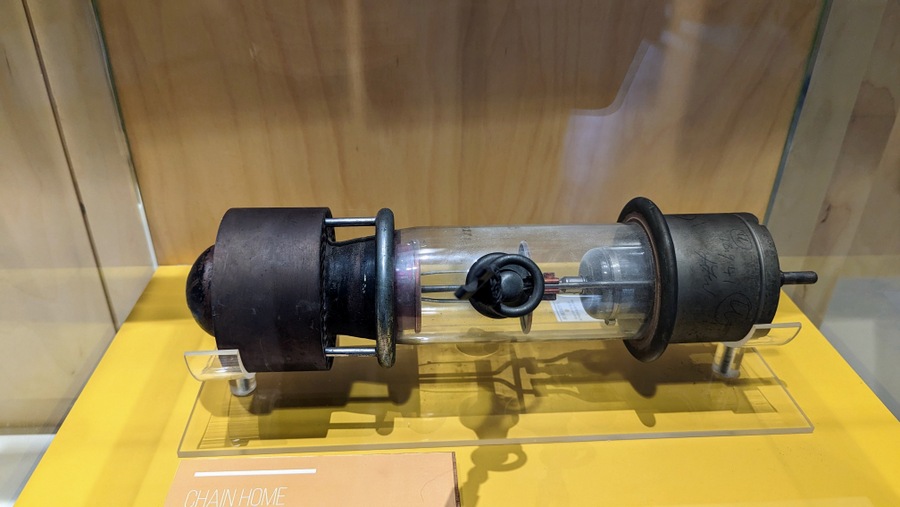
This Chain Home transmitter valve was not the perfect solution. It did the job, and met Watson-Watt’s oft-quoted ‘Cult of the Imperfect’. His maxim was “Give them the third best to be getting on with; the second best comes too late; the best never comes.”
Magnetrons, which generate radio waves by passing electrons through a magnetic field, were already being developed by the USA, Japan and Germany from as early as 1906. The big leap forward was made in 1940 by by John Randall and Harry Boot at Birmingham University, who built cavities into the device to act as resonators which could very precisely set the wavelength down to 10cms at high power levels. Cavity magnetrons revolutionised the sensitivity and size of radars, enabling them to be used for low level targets and be small enough to fit in aircraft.
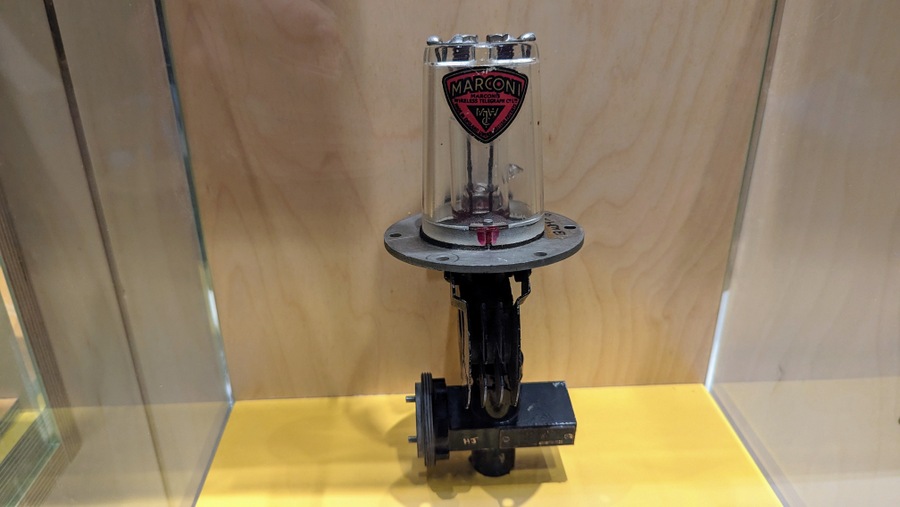
There’s an excellent practical demonstration of the principles of radar. If you wave a cardboard aeroplane around above a map, your movements are picked up by two sensors and the resulting signals are shown on an oscilloscope.
You can also try your hand at being a Chain Home radar operator on a computer simulation. You have to locate and track a target and pass the accurate data on to the control room.

This (above) is fun. Robert Watson-Watt got ‘hoist by his own petard’. Years after inventing British radar he got caught speeding by a policeman with a speed gun! The glass object behind was one of the insulators used to shield the transmission signal as it passed through the bunker wall on its way to the masts.
This is by no means a big museum, but it does a very good job of explaining how radar works and how it was developed here at Bawdsey. If you are in the area in the summer months, it’s definitely worth paying a visit if only to get a sense of the extraordinary work that went on here, and in some ways, pay your respects. This was a site like Henry the Navigator’s school of navigation at Sagres (Portugal), or Silicon Valley in the 1980’s. It was a hothouse for young scientists who, in a hippie environment (by 1930s standards), developed remarkable ground-breaking technologies, at rocket-powered speed.
Declaration: I was in Suffolk and paid a visit.
* The Chain Home stations were later extended to cover the west coast too. In 1944 there were 194 Chain Home stations.
** The museum’s ultimate dream is to raise a replica 340ft Chain Home radar transmitter tower. That would be a real landmark!
Factbox
Website:
Bawdsey Radar
Getting there: Bawdsey Radar, Transmitter Block, Bawdsey, Suffolk, IP12 3BA.
What 3 Words: ///affirming.joys.scuba
Opening Hours:
The museum is open from 1st April to 31st October, IE. closed during the winter.
Prices (2024):
| Adults (18+) | £8.00 |
| Concessions | £7.50 |
| Children | Free |
| Friends of Bawdsey | Free |
Concession rates apply to over 65’s, people with disabilities (free admission for an accompanying carer) and adults receiving benefits.

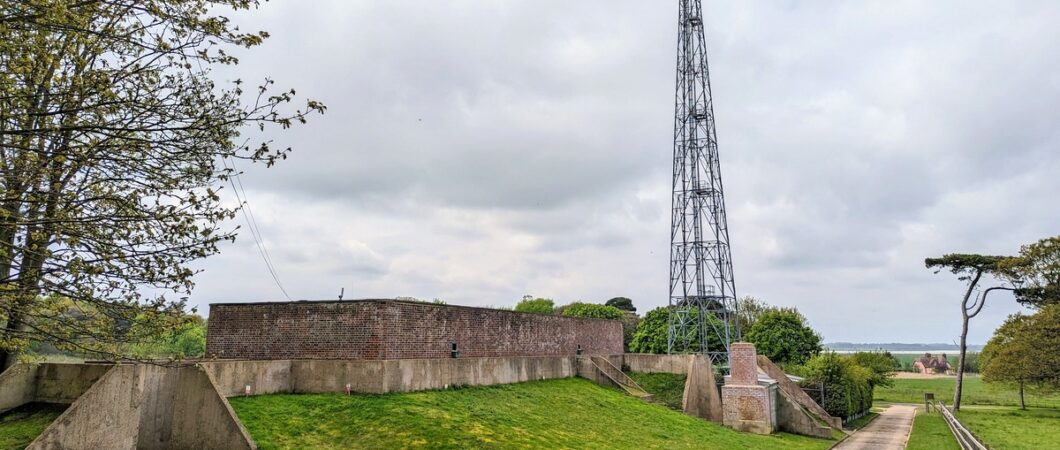
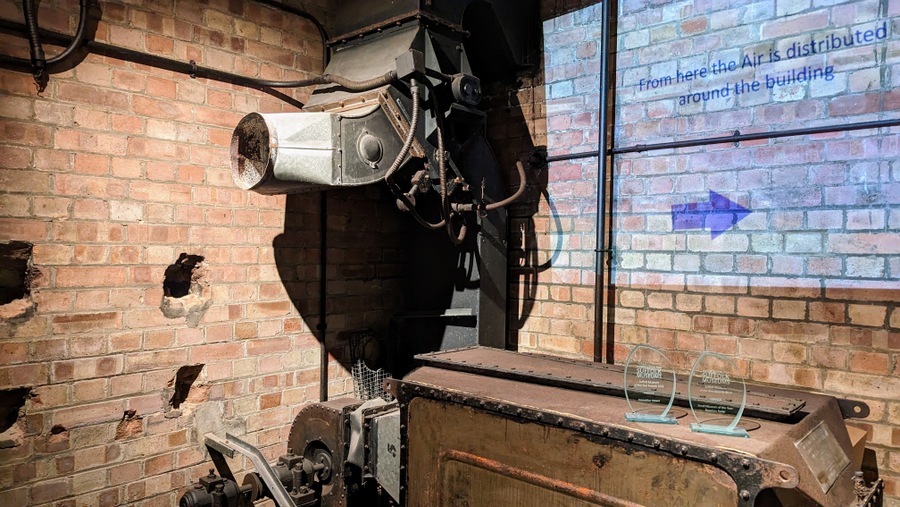
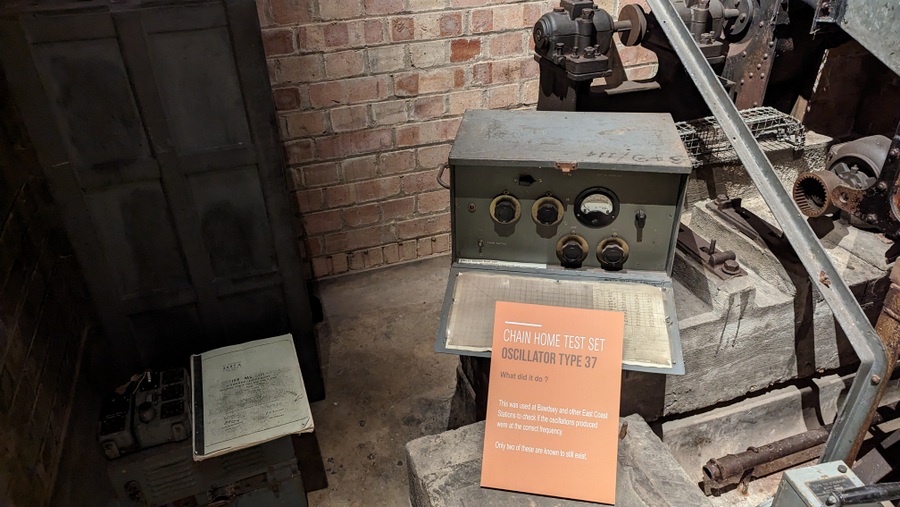
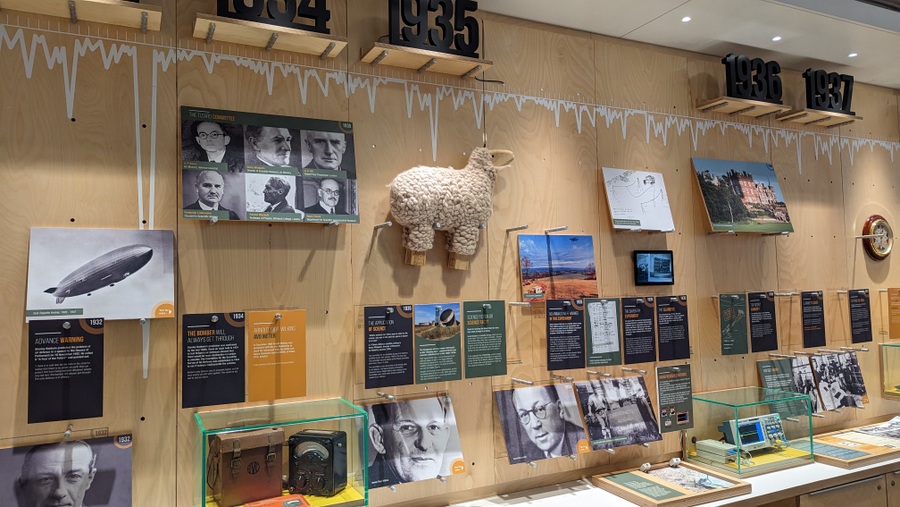
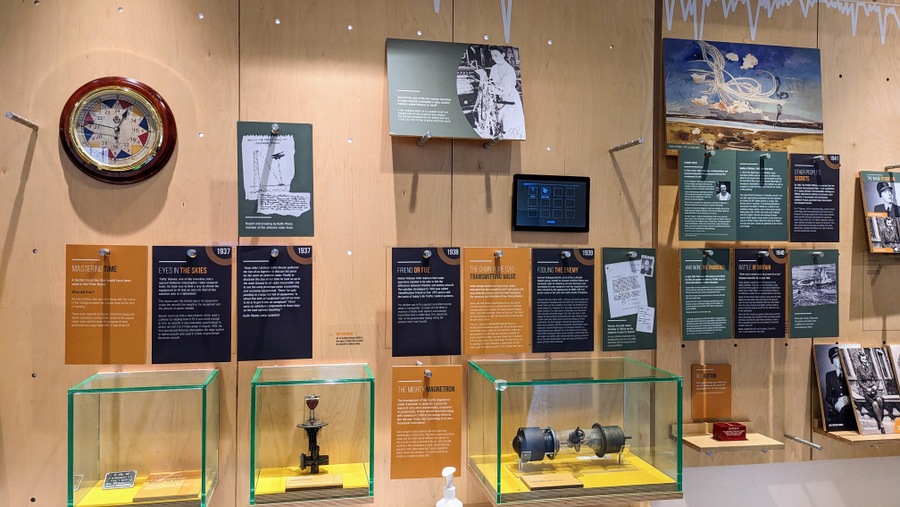
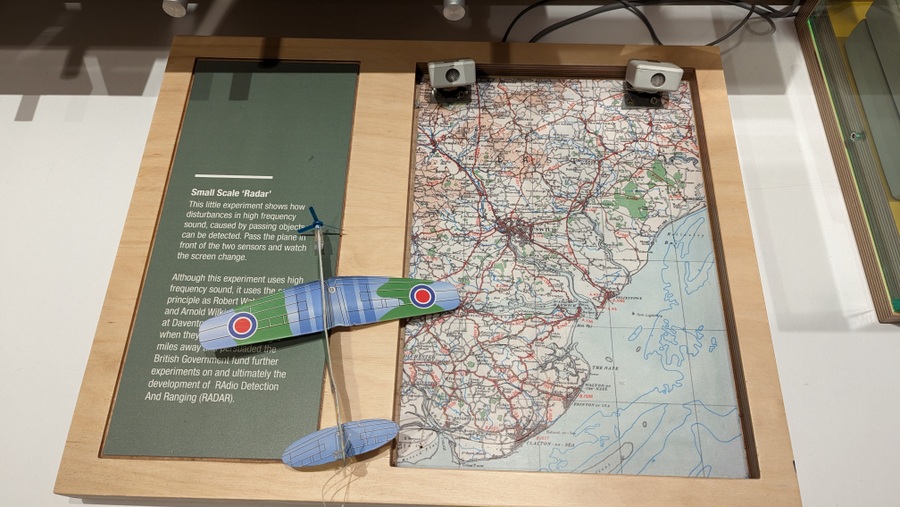
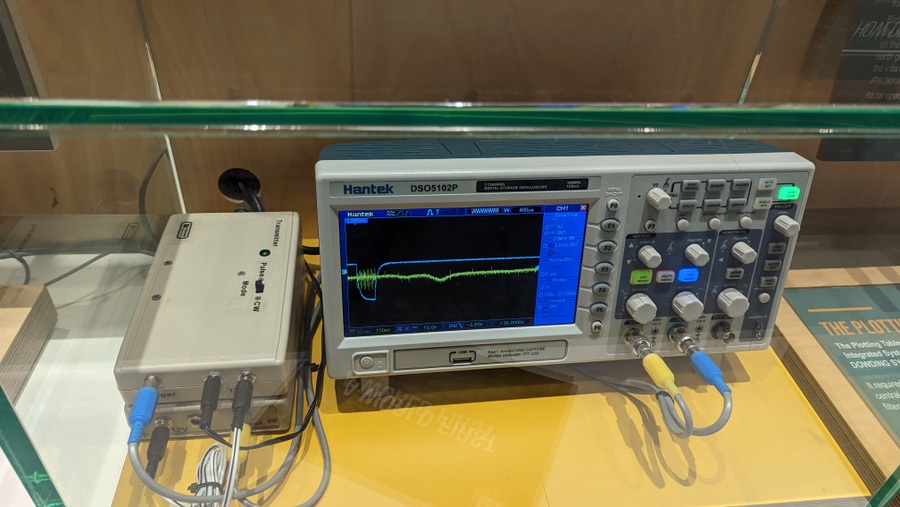



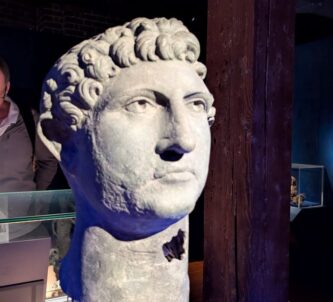
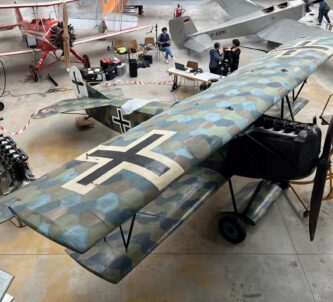

Fabulous website
Thank you, John (blushes)